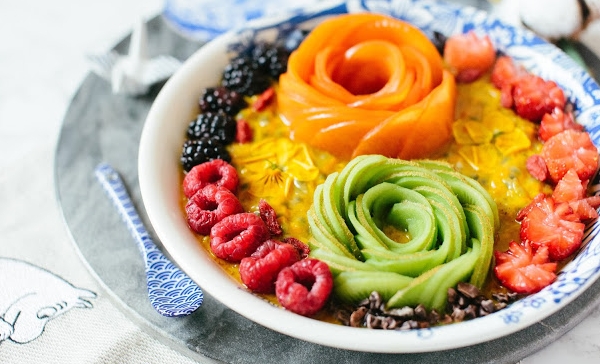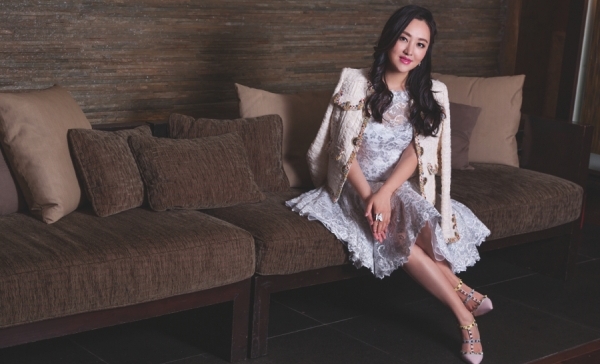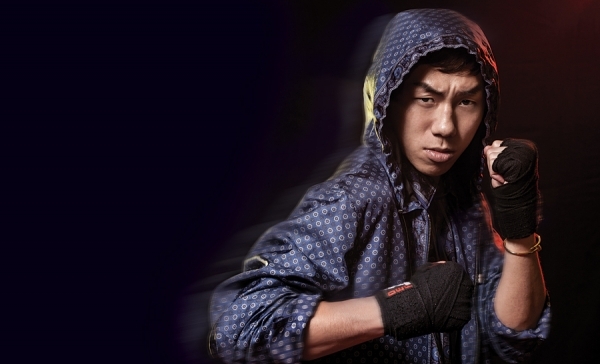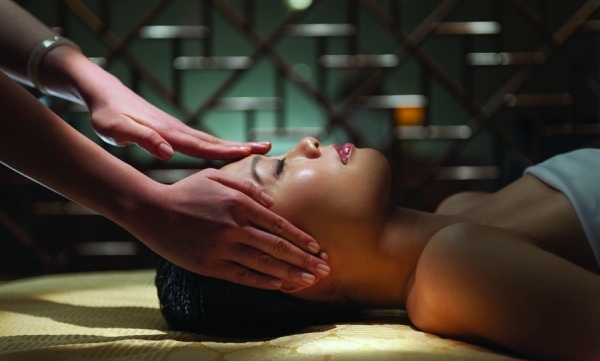With Donald Trump in the White House saber-rattling at North Korea, and Kim Jong-Un test firing an increasing number of missiles, the threat of the apocalypse looms ever larger. At least that’s how a growing group of wealthy worrywarts must see it, considering many have started buying up large swathes of land to build underground “doomsday” bunkers.
These modern bunkers are a far cry from the air-raid shelters that combatants and citizens alike would scurry into when an air strike was imminent during the Second World War. In Britain, people dug up their gardens to build half-buried shelters out of corrugated iron. The four-feet-deep pits could accommodate up to six people and – judging by the cramped space and indefinite amount of time they’d be spending down there – the guest list was a crucial consideration.
“Your father or grandfather’s bunker was not very comfortable,” Robert Vicino, CEO of Vivos, a company that builds high-end shelters around the world, tells CNN.
“They were grey. They were metal, like a ship or something military. And the truth is mankind cannot survive long-term in such a Spartan, bleak environment.”
In contrast, the modern bunkers being bought up by the world’s elite are grander than most people’s homes. One company, Rising S Bunkers, installed a 37-room, 9,000- square-foot complex in Napa Valley for an Academy Award-winning client at a cost of US$10.3million (HK$801.8 million). The shelter comes equipped with a bowling alley, sauna, Jacuzzi, shooting range and a home theatre. The company can also install swimming pools, greenhouses, game rooms and gyms.

The bunkers are reportedly being bought by hedge fund managers, sports stars and tech executives. Bill Gates is rumoured to have one at each of his properties.
It isn’t just family-sized bunkers that are being snapped up, though. Community shelters are also in high demand. One of these shelters, Vivos xPoint, is located near the Black Hills of South Dakota, USA, and consists of 575 military bunkers that served as an army munitions depot until 1967. It’s now being converted into “the largest survival community on Earth” – a facility that can accommodate 5,000 people. The interiors of each bunker are outfitted at a cost of between US$25,000 and $200,000 each.
Another community shelter, Trident Lakes, is being built northeast of Dallas by an investor group. The US$300 million luxury community will be made up of underground homes, all equipped with their own off-grid energy and water sources. The homes also have air-lock blast doors, which are designed to quell any concerns over pesky bomb blasts or other deadly disasters.

“It’s not just going to be a hole in the ground to hide in. It’s going to be one of the most plush resorts in all of Texas, if not America”
Residents will be able to enjoy other amenities in an outdoor, enclosed compound, including an 18-hole golf course, polo fields, zip lines, gun ranges and even an equestrian centre with horse stables. It’s no Noah’s Ark, but at least one species is guaranteed to survive the deluge – or whatever catastrophe may be in store. Retail shops, restaurants and a row of helipads, along with white sand beaches and a neighbourhood spa, will also be available on-site.
Trident Lakes spokesperson Richie Whitt says the community is “not just going to be a hole in the ground to hide in”.
“It’s going to be one of the most plush resorts in all of Texas, if not America,” Whitt says.
For the wealthy who would prefer to see out the End of Days surrounded by friends and family, the Survival Condo Penthouse is probably what you’re looking for. Starting at US$4.5 million and covering approximately 3,600sq ft, the penthouse covers two floors and has high ceilings to make it seem bigger than it actually is.
Located in a missile silo built by the US Army Corps of Engineers in Kansas during the 1960s, the facility – including the penthouse – can house 75 people over a period of five years. Residents can enjoy an indoor swimming pool, bar and lounge. The dome-like structure of the facility is spacious enough, accessible via an elevator and stairs.

If the apocalypse does come, residents at the facility are expected to rotate jobs, such as helping out at the supermarket or tending the plants. Money might not have much value underground, but the aim of putting residents to work is to give the facility a sense of community. A bit of hominess never hurt – and besides, it would quickly become crucial if the complex were cut off from the outside world in the long-term.
If you don’t like the idea of clocking into work and bumping elbows with other people, the penthouse can be built at any location the owner desires. Socialising be damned.
To prevent residents from feeling claustrophobic, “simulated view” windows give off varying levels of light to reflect the time of day, from sunrise to sunset.
Tommy Nix, a project manager with Logic Integration who helped build the system, says, “We programmed the lighting control system to simulate window light. If you want to, you can wake up with the sunrise just by leaving your virtual window on overnight … it takes away the sense of being closed in.”
The first silo has already sold out and, perhaps most surprisingly, the clients are not typical “survival nuts”. They are successful, educated and well-to-do people who want peace of mind if disaster strikes, according to the company.
“This project has the advantage of letting the members own a piece of history: the coolness of a missile base, the protection of a nuclear hardened bunker and the features of a luxury condo,” says Larry Hall, the project manager and owner.
If the concept of a bunker seems a bit old-fashioned, another option is an “Earthship”. These eco-friendly homes have been designed for post-disaster survival. They’re self-sustaining, zero-waste abodes made from natural or recycled materials, and they have specialised systems for water harvesting, sewage treatment, food production, solar/wind electricity and thermal/solar heating and cooling.

“Shelters have the coolness of a missile base, the protection of a nuclear hardened bunker and the features of a luxury condo”
Earthships can be built anywhere in the world. They were first created in the deserts of New Mexico, USA, 40 years ago when Michael Reynolds, 69, began building homes out of rubbish and natural materials.
“Our houses would work during and post-disaster,” says Agate, a company spokesperson. “Our buildings resist earthquakes, typhoons and even fire. We want to emphasise how strong they are.
“The house provides you with everything necessary for humans to survive. Earthship is an eco-system in itself. The purpose of the homes is to make people self-sufficient and the house itself takes care of them.”

They don’t come cheap, though. The Phoenix Earthship will cost you £1.2million (HK$117.9 million) and comes with three bedrooms and two bathrooms. Designed by Reynolds, it covers 5,300sq ft and also comes with a two-storey greenhouse.
The home is designed to keep a family of four sustained for extended periods of time. The greenhouse contains a variety of plants, which derive nourishment from a contained evapotranspiration (ET) bed. The owner must be an animal lover – or at least be able to tolerate the critters – because the home comes with two cockatiels, a parakeet, Herbie the land tortoise, two red-eared slider pond turtles and a number of goldfish and tilapia contained in two indoor ponds. There is even a hen house, dubbed the “Chicken Hilton”,
which is home to eight chickens.
The threat of nuclear apocalypse is probably nothing more than just that, but a lot of wealthy people aren’t taking any chances. Thanks to a steady stream of customers willing to splurge on bunkers they’ll probably never step foot in, the designers of the shelters are cashing in.
In today’s world, where something dreadful happens daily, forking over a few million bucks for some peace of mind might not be such a bad idea. One of the smartest men on the planet thinks so at least.
“Bill Gates has huge shelters under every one of his homes, in Rancho Santa Fe and Washington,” Vicino says. “And for these multi-billionaires, a few million is nothing. It’s really just the newest form of insurance.”
Text: Andrew Scott












































